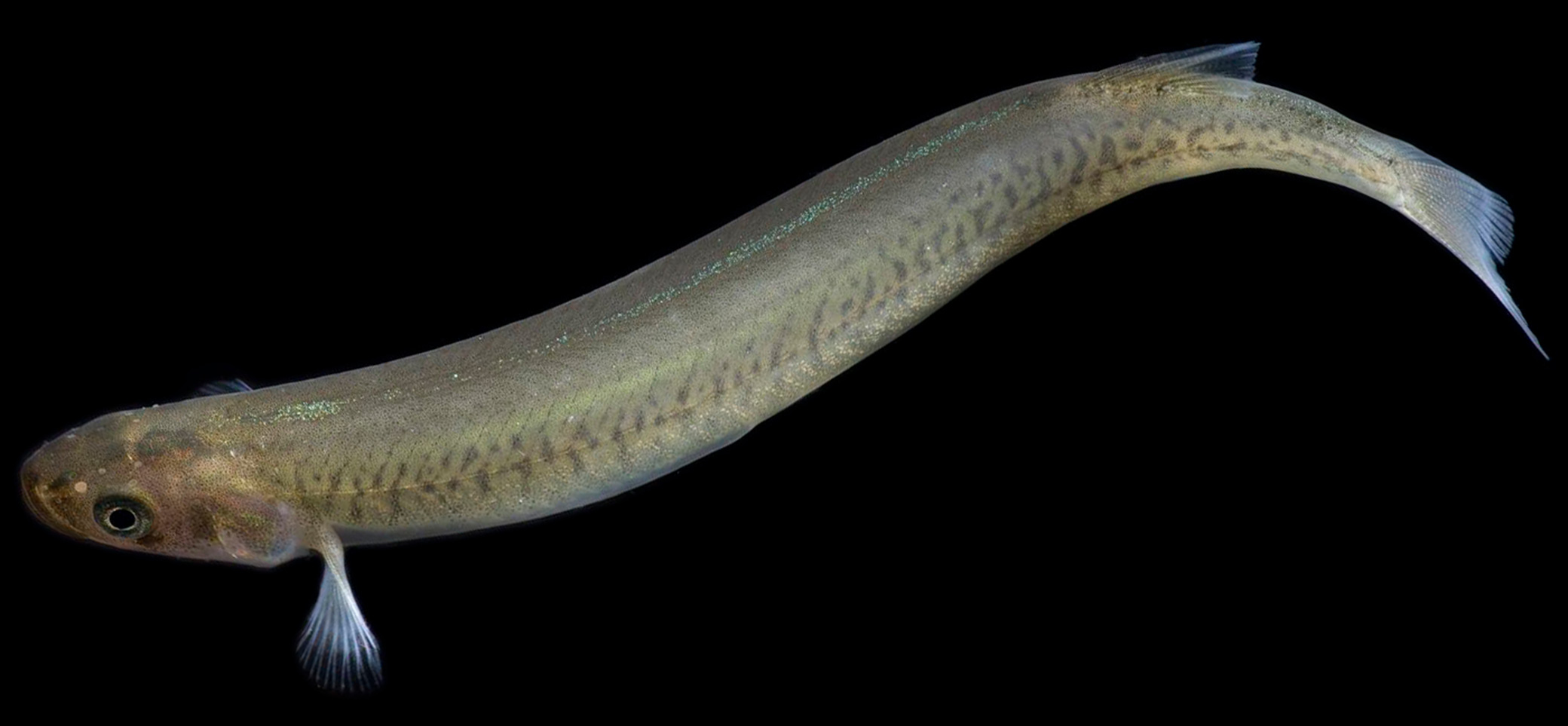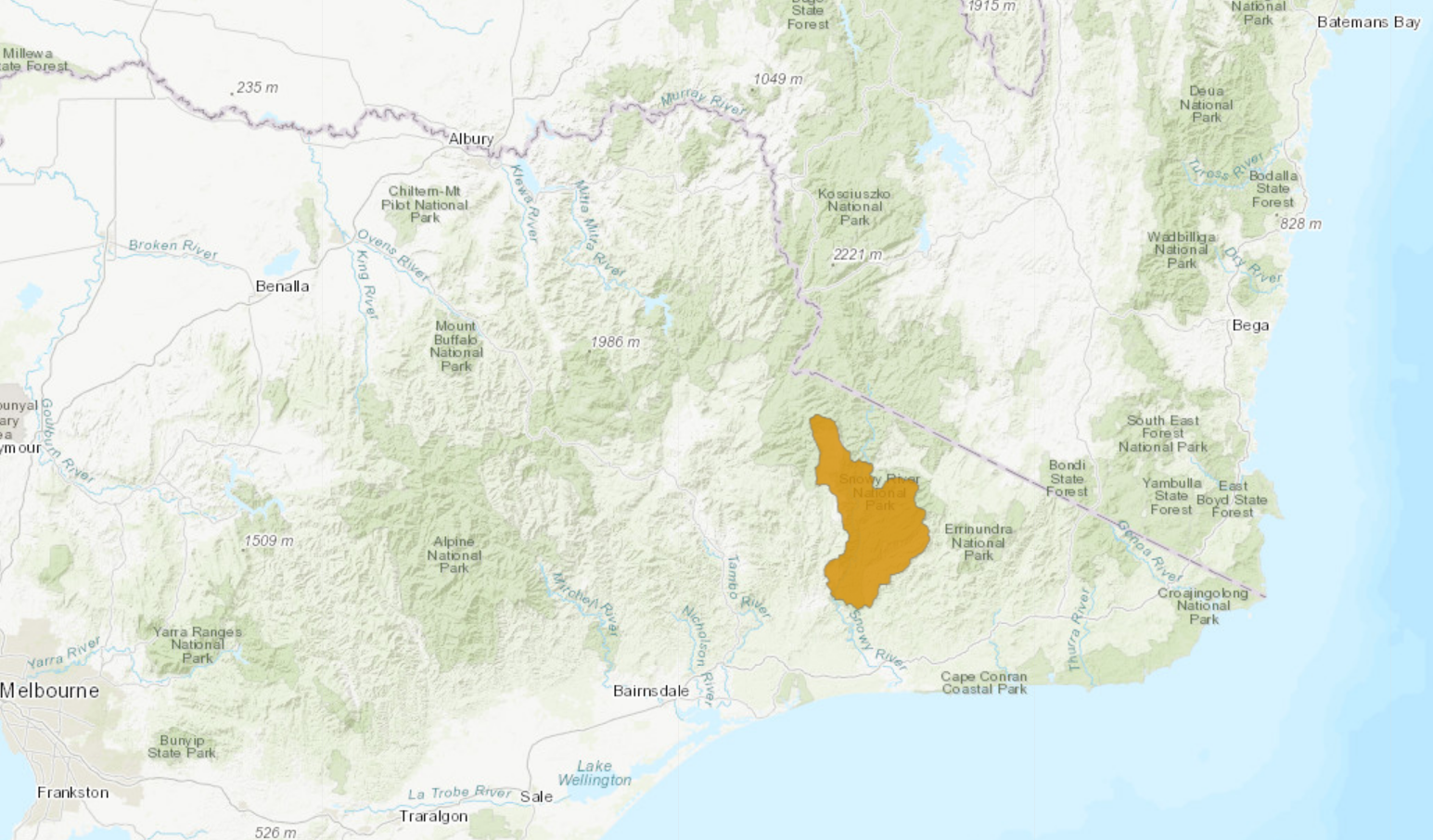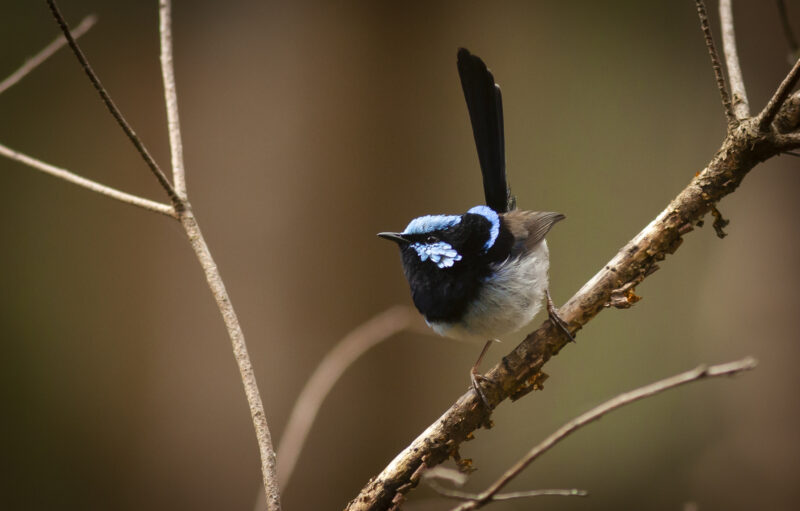MEDIA RELEASE 23 April 2024 |
A coalition of environment groups have sounded the alarm about an Australian fish, the Yalmy galaxias, which is on the brink of extinction. The last survey of the critically endangered native fish more than a year ago found just 20 survivors in east Gippsland, Victoria.
The Invasive Species Council, Australian Conservation Foundation, Biodiversity Council, Environment Victoria, NSW Nature Conservation Council and Victorian National Parks Association, have written to federal Environment Minister Plibersek and the Threatened Species Commissioner Dr Fiona Fraser calling for urgent action to prevent the imminent extinction of the Yalmy galaxias.
The letter also highlights the serious threat invasive trout pose to 14 other native galaxias fish species in NSW and Victoria.
The groups are calling on the Australian, Victorian and NSW Governments to:
- Conduct an urgent rescue operation for the Yalmy galaxias, including surveys for survivors and potential release sites, and captive breeding (if feasible)
- Find or create trout-free havens and/or undertake captive breeding for other galaxias species at high risk of imminent extinction
- Rapidly develop a national Invasive Fish Action Plan, with the appointment of a coordinator to focus initial action on protecting threatened galaxias species from invasive trout.
Jack Gough, Invasive Species Council advocacy director said:
‘The Australian Government is on the brink of breaking their promise of no new extinctions as the Yalmy galaxias, a native fish in East Gippsland, is on the verge of disappearing forever. It may already be too late.
‘The Yalmy was probably once widespread throughout the Snowy River system, but it has been eaten out by predatory introduced trout and hammered by drought and fire in recent years.
‘We are calling on the Australian and Victorian governments to mount an urgent rescue operation for the Yalmy galaxias, including a search for survivors and a new attempt at captive breeding.
‘The Yalmy may have survived in its last refuge due to water being warmer than trout prefer but there is no barrier to trout moving there in cooler periods or floods or being introduced by a fisher.
‘The extinction of the Yalmy galaxias is almost guaranteed without urgent intervention,’ said Mr Gough.
The last survey of the Yalmy galaxias, in March 2023, found only 20 survivors and an attempt at captive breeding in 2020 after the Black Summer fires failed when 6 of the 7 captured fish died.

James Trezise, Director of the Biodiversity Council said:
‘The plight of the Yalmy galaxias highlights the failure of our current conservation planning system to stop major threats to critically endangered species
‘We urgently need reforms to our national conservation planning system and a dramatic increase in investment to better tackle major threats and recover threatened species populations.
‘It was disappointing to see the Albanese government indefinitely delay reforms to our conservation planning system under national environmental law as part of their announcement last week,’ Mr Trezise said.
Lyall Grieve, Invasive Species Council Conservation and Biosecurity Analyst said:
‘On top of the Yalmy, another 14 species of galaxias fish in NSW and Victoria are likely to go extinct in the coming years without action to stop them being killed by invasive trout.
‘Galaxiids did not evolve with introduced trout species which means they do not recognise them as predators and cannot coexist.
‘Many galaxias only survive above waterfalls that trout cannot scale, but they could easily be lost if an unthinking fisher transferred trout to a galaxias refuge.
‘To keep Australia’s pledge for no new extinctions, the Australian Government needs to urgently commit new funding to create trout free-havens, similar to the fox and feral cat free areas on land.
‘We are also seeking a commitment to rapidly develop a national Invasive Fish Action Plan, with the appointment of a coordinator to focus initial action on protecting threatened galaxias species from invasive trout.
‘Invasive fish, including trout, should be listed as a threatening process under the EPBC Act but the inefficiency of the current listing and planning process means that extinctions are likely to occur by the time a listing and plan could be achieved.
‘The protection of galaxiids through creation of invasive trout-free havens will not have a significant impact on trout fishing,’ said Mr Grieve.
Galaxiids are Australia’s most threatened group of animals, with 15 species recently assessed by fish experts as >50% likely to go extinct by 2040, mainly due to invasive trout, but also the impact of sedimentation from bushfires and invasive animals like horses and deer.
More information:
About the Yalmy galaxias
See here for the Australian Government’s conservation advice for the Yalmy galaxias.
Description: Grows up to 8 cm long. The Yalmy has a unique swimming style, usually laying on the bottom then darting very rapidly through the water column. Eats insects, crustaceans, molluscs, worms, spiders and other invertebrates.
Habitat and location: Shallow, clear, flowing and partly shaded streams (2–5.5 m wide). The Yalmy may need a specialised habitat of cobbles in fast-flowing riffles.
The Yalmy is now known only from 2 connected tributaries of the Snowy River in East Gippsland – the mid-reaches of the Yalmy River system and the lower Rodger River. All in national park and state forest.
Conservation status: The Yalmy galaxias was listed as critically endangered in March 2023 under the EPBC Act. It is one of 15 Galaxias species assessed as >50% likely to go extinct within 20 years (by 2040).
Threats: Predation by invasive trout, intensified bushfires that cause sedimentation, droughts (climate change), feral pigs and deer (due to the impacts of erosion on water quality).
History of decline: Thought to have been once more widespread throughout the Snowy River system. Gone from most of its former range due to predation by invasive brown trout. Recent population declines due to the Millennium drought and sedimentation from fires – the Orbost fires in 2014 and the Black Summer fires in 2019–20.
After the Black Summer fires, 7 individuals (1 adult, 6 injured juveniles) were captured in February 2020, but only the adult survived and was released back to the capture site in September 2020. Subsequent twice yearly surveys failed to find any survivors until the last survey in March 2023, when 20 were found.
Since the expiry of federal funding for bushfire recovery, there have been no further surveys.

